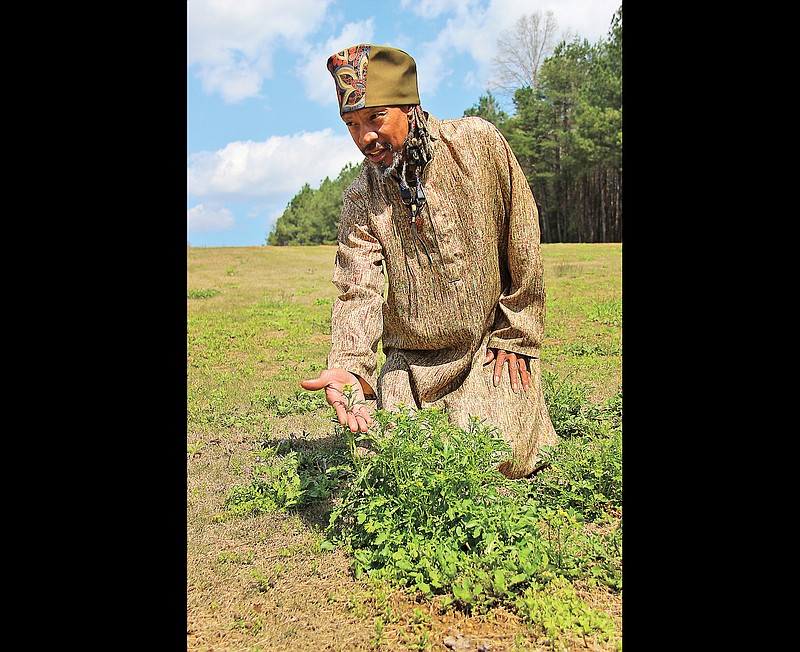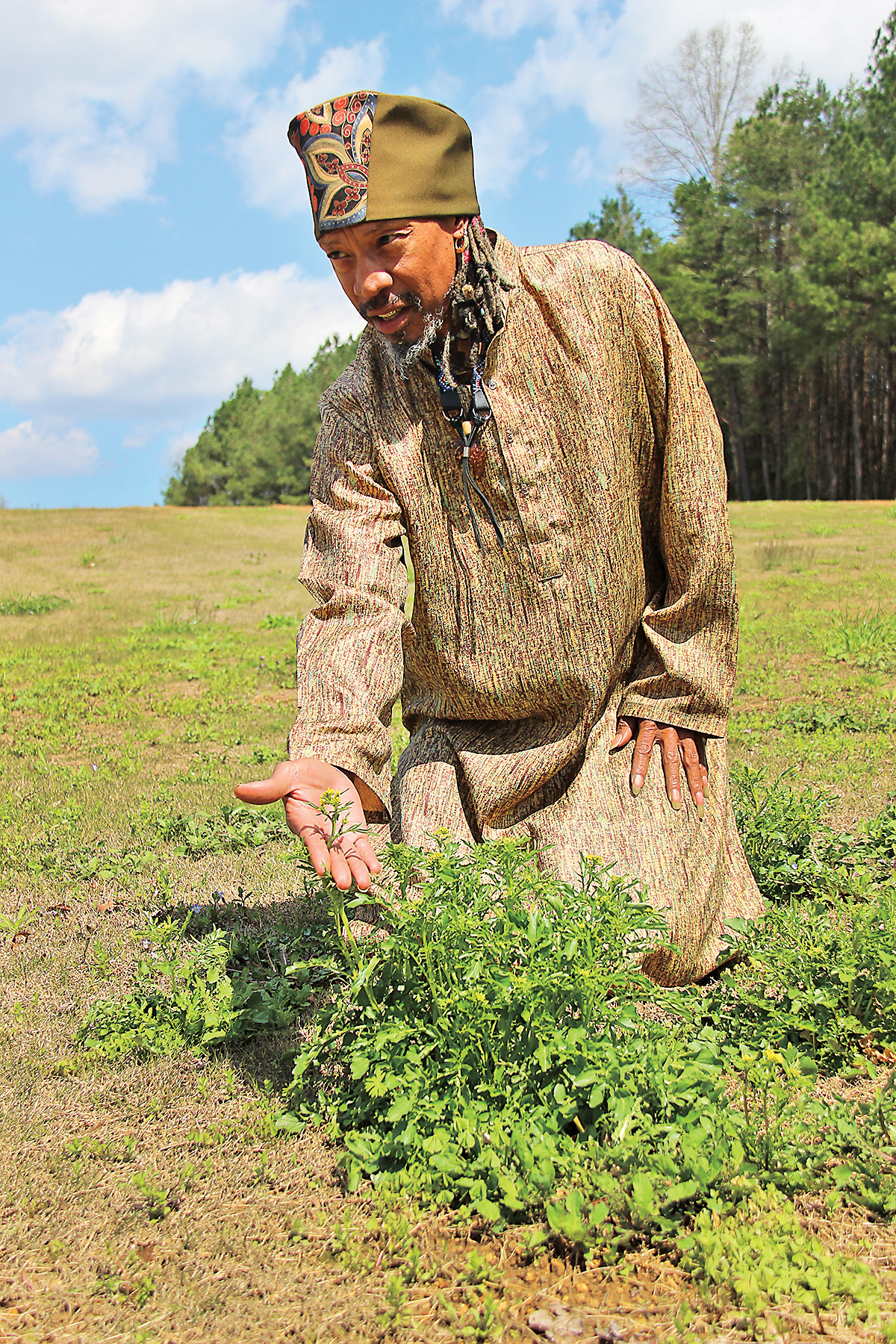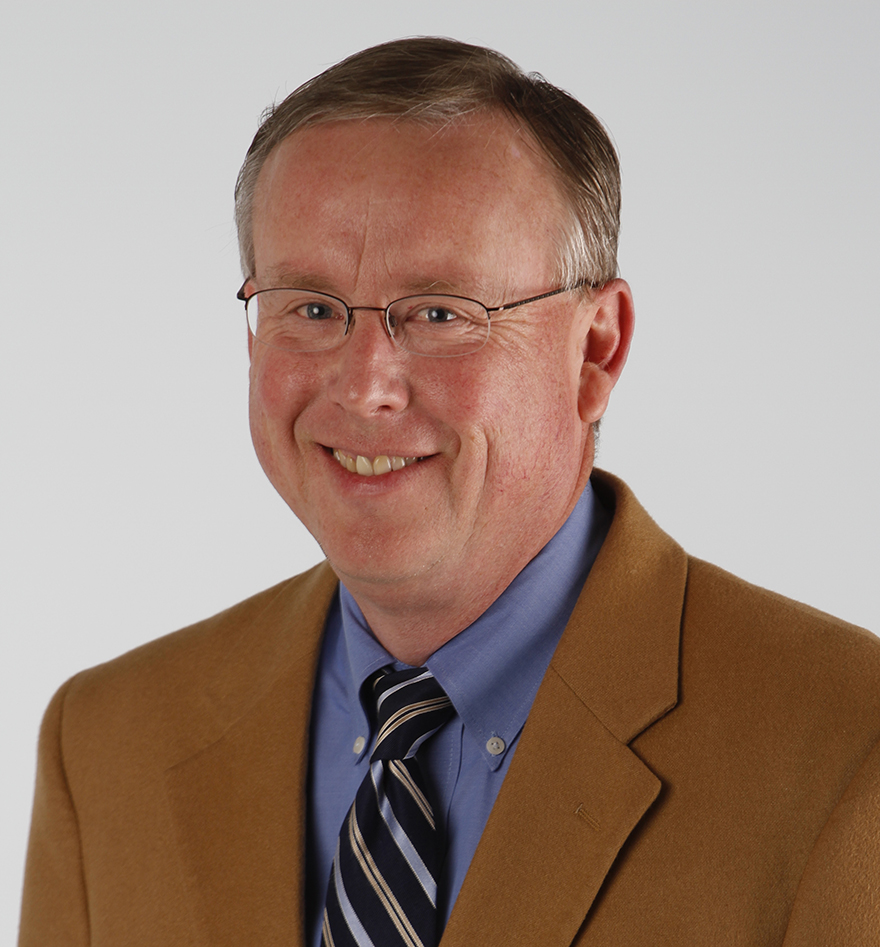When Bobby Puryear, 57, was a young man, he overheard his father say that he was descended from a slave.
The slave's name, Puryear would discover, was William Puryear, and he apparently labored on a North Georgia cotton farm in the Villanow community.
Bobby Puryear, who attended Riverside High School in the 1970s and eventually became a photographer, said he has thought about his great-great-grandfather a lot over the years.
The memory resurfaced in late February when he saw a funeral notice on Facebook for a Chickamauga, Ga., man with the surname Puryear. Bobby Puryear wondered if the man's family might be descendents of the white slave owners who operated the farm where his great-great-grandfather labored. Slaves, he knew, often took the names of their white owners.
"I thought since it was an odd last name, they could be kin to those folks," Puryear said.
His curiosity was so heightened that he decided to attend the wake.
"At the funeral home, everybody was white," said Puryear, who is black. "I said, 'I'm a Puryear, too. I'm related to you somewhere down the line."
Puryear knew that his father's family had spent several generations in Walker County. As a child he would go to his father's small farm there on weekends and help with chores.
"We slopped the pigs," he said. "I hated it, then. But now, I'm glad I went. It gave me a good work ethic."
With help from local anthropologist E. Raymond Evans, Puryear was able to pinpoint the location of an old, 19th-century Puryear family farm in Villanow. A couple of weeks ago, Puryear led a small delegation of friends to the property in hopes that the current owner would consent to let them look around.
"The farm is just like you see in the movies," Puryear said. "There's a long driveway
with trees on both sides and a big house."
Rodney Edwards, a sod farmer, bought the farm in the mid-1990s and is well-versed in the slave-era history of the property. The rock foundations of slaves' quarters are still scattered around the farm, he said. There are also wildflowers that form geometric patterns around the old dwellings on the 128-acre property, and patches of turnip greens that date to slave times. Edwards said he has tried to eradicate the greens, but they simply will not die.
A student of history, Edwards greeted Puryear and his group with open arms.
"I thought it was just great," Edwards said in an interview. "For a man to find his heritage like that was just wonderful."
Edwards gave Puryear some antique farm implements he unearthed while working on the Villanow property, including a hoe blade and a rusty file. They are now on display at the Bessie Smith Cultural Center in downtown Chattanooga.
Meanwhile, Puryear has made a couple of visits to the property. On his last trip, he inspected an old log shack where the slaves stored corn.
He is also drawn to the patches of tenacious turnip greens, which serve as a living bridge to the slave era.
"The fact that people have tried to kill them, and they keep coming back, says something," Puryear said. "It's like the [slaves] are saying, 'We might be gone, but our spirit is still here.'"
Contact Mark Kennedy at mkennedy@timesfreepress.com or 423-757-6645. Follow him on Twitter @TFPCOLUMNIST. Subscribe to his Facebook updates at www.facebook.com/mkennedycolumnist.


